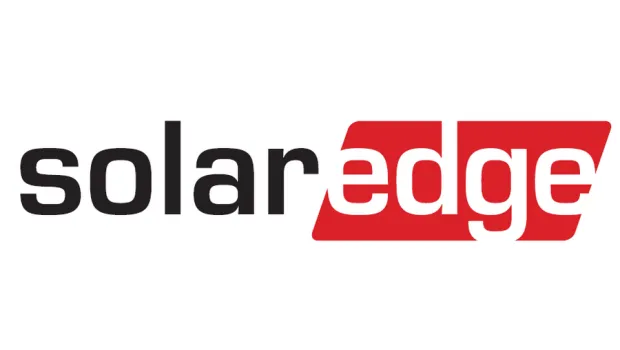
How Commercial Solar Panel Depreciation Works
Depreciation proves to be a valuable advantage for commercial solar panel installations, offering a straightforward method for businesses and farms to minimize installation expenses, maximize return on investment (ROI), and achieve quicker payback periods.
In simple terms, depreciation refers to the gradual decrease in the value of an asset over time. In the context of your business, you can leverage depreciation to recoup costs associated with asset purchases as the equipment depreciates over its lifespan.
There are various methods for accounting for depreciation, but our focus here is on applying the Modified Accelerated Cost Recovery System (MACRS) to depreciate your solar system. This method involves accelerating a portion of the federal benefits to the first year.
At Clean Energy Advisor 4 U, we specialize in solar installations, prioritizing expertise in installation rather than accounting. While we provide the most accurate financial insights based on customer-provided information, we strongly recommend consulting with your accountant before making any decisions regarding depreciation expenses.
For homeowners considering solar adoption: it's important to note that depreciation is typically not applicable to residential properties unless it qualifies as a business expense.
Accelerated Bonus Depreciation for Commercial Solar Installations
What is the Depreciation Rate for a Commercial Solar System?
As a business leader, you recognize the importance of strategic investments that yield both financial returns and environmental advantages. The choice of investment significantly influences the calculation of the recovery period for your investment.
Opting for a commercial solar investment comes with the advantage of a 60% bonus depreciation in the first year at the federal level. The remaining balance adheres to the five-year MACRS (Modified Accelerated Cost Recovery System) schedule. On the state level, the depreciation aligns with the standard five-year MACRS schedule.
In comparison to various other business investments, solar energy presents a powerful tool for businesses to offset a substantial portion of their tax liability within a relatively short timeframe while also managing a fixed cost.
Is Solar Depreciation Calculated Before or After the Federal Solar Tax Credit (ITC)?
Despite the seemingly simple binary of before or after, the answer to this question isn't that straightforward. The IRS introduces a layer of complexity by reducing the basis for depreciation by half of the allowed tax credit amount. In the case of a 30% tax credit, the depreciable basis is calculated as 85% of the total cost (100% - [30% x 0.5]). For instance, if your solar system costs $100,000, the depreciable amount would be $85,000.
It's crucial to note that for property acquired after September 27, 2017, and before January 1, 2023, the law initially permitted a 100% deduction. However, this deduction decreased to 80% in 2023 and will continue to decrease by 20% each subsequent year until it reaches 0% in 2027.
An Example of How Commercial Solar Depreciation Works
Let's calculate the MACRS depreciation for a $200,000 solar panel system before incentives. Taking advantage of the 30% Federal Solar Incentive Tax Credit requires adjusting the depreciable cost basis by deducting half of the tax credit, resulting in a basis of $170,000 (calculated as 85% of the system cost).
Considering a 21% federal tax rate and a 7% state tax rate, you can calculate the federal tax savings by multiplying $170,000 by 21%. Since 60% can be utilized in the first year, you'll have $21,420 in savings to offset your tax liability. The remaining $14,280 follows the MACRS schedule.
For state savings, multiply $170,000 by the 7% state tax rate, yielding $11,900 spread over the 5-year MACRS schedule.
In total, the savings from depreciation alone would be $47,600, equivalent to 23.8% of the entire solar system's cost in this example.

These tax savings contribute to maintaining a brief payback period and ensuring a high return on investment (ROI). Utilizing these savings allows you the flexibility to reduce the principal owed on a loan or reinvest in your company.
If you're eager to explore the potential savings with solar, take advantage of our Solar Savings Calculator for an instant price and savings estimate.







For nearly a decade, we've been delivering top-notch solar and electrical solutions to residences and businesses, regardless of their scale or type. Our family-operated enterprise prioritizes economical solar setup and upkeep, offering a refreshing alternative to the expensive, sales-centric methods commonly seen in New Jersey's solar energy industry.
Call 609-337-4117
Email: info@cleanenergyadvisor4u.com
Site: www.cea4u.solar